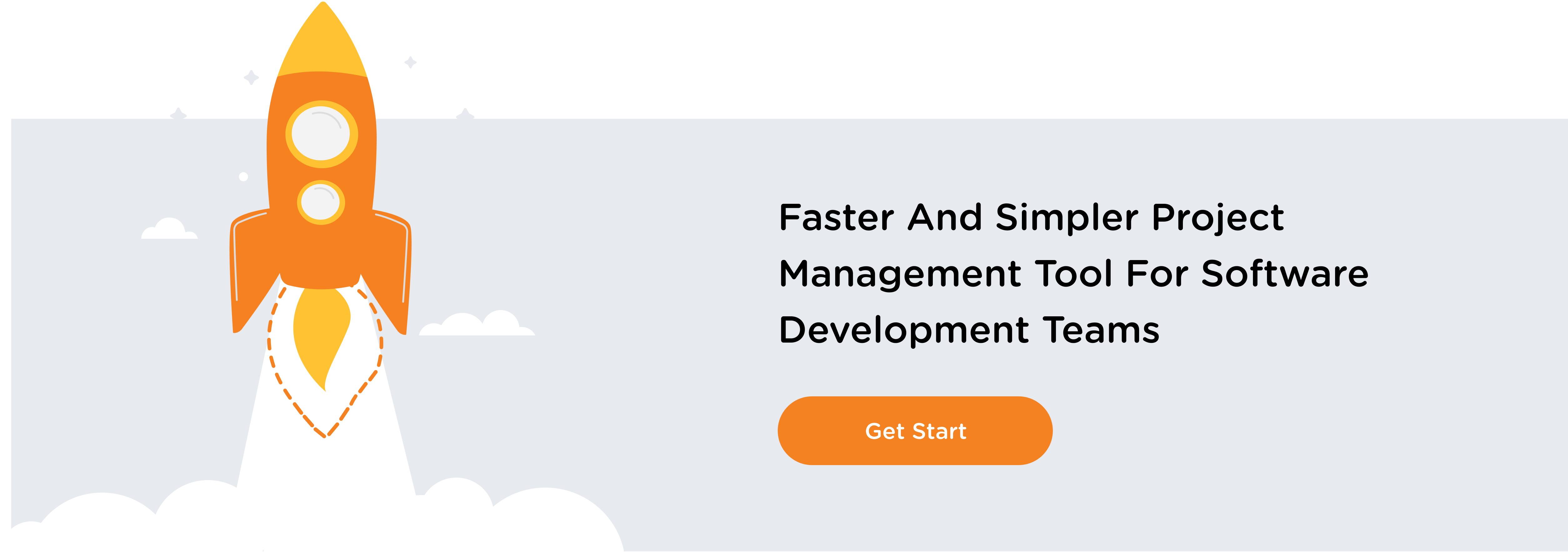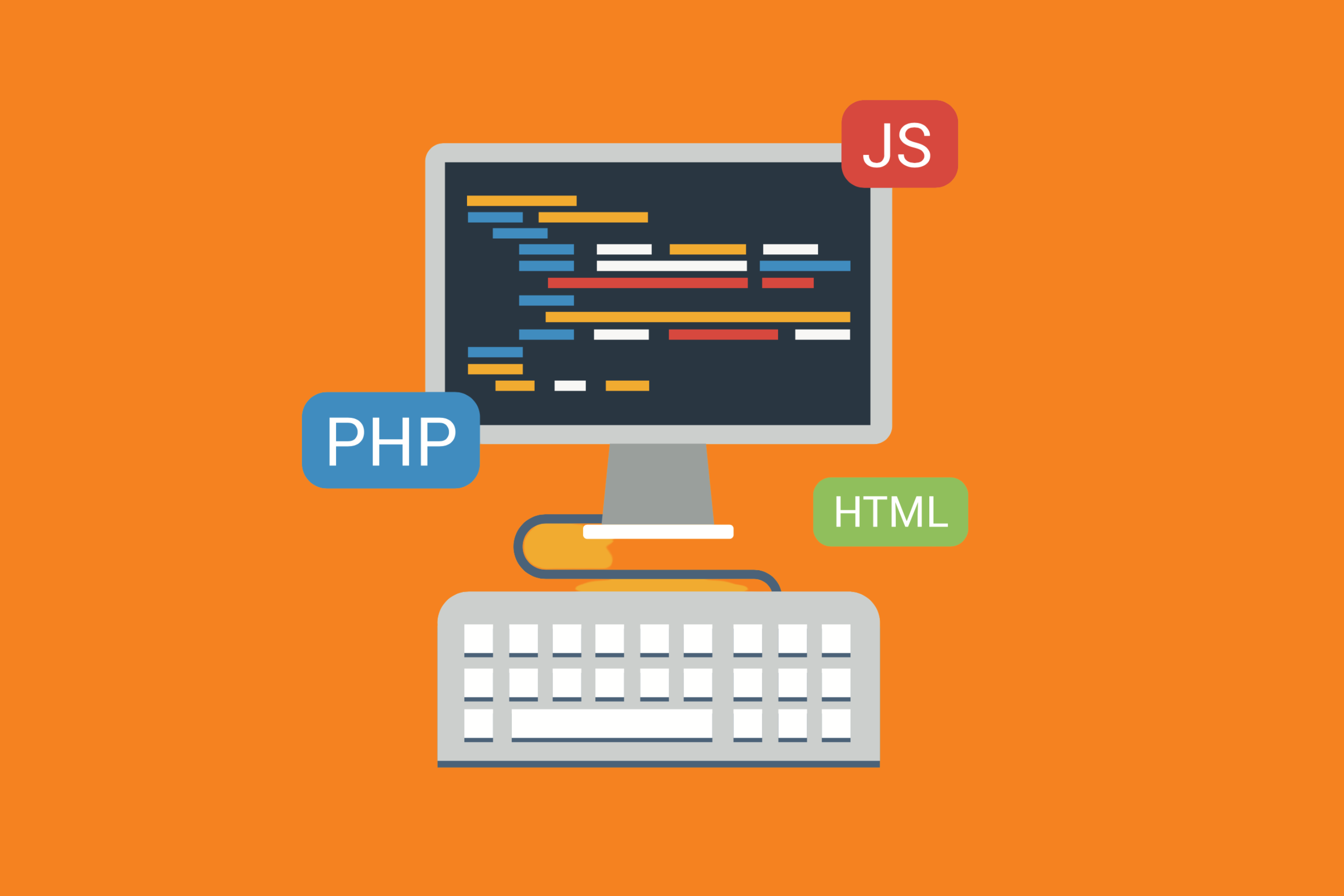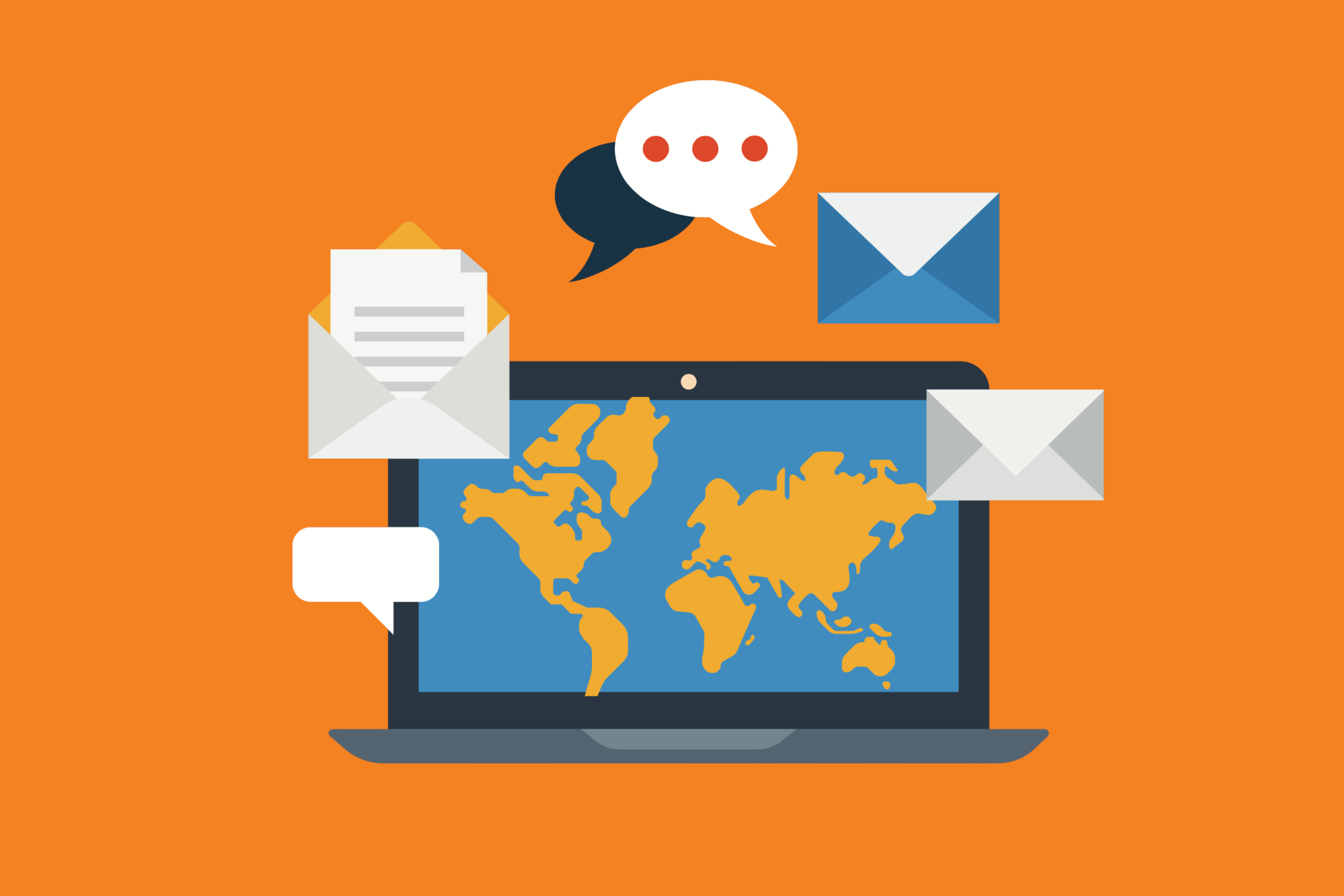Microsoft Azure continues to be a leading contender in cloud technology, and its ability to adapt and advance in the face of recent industry changes continues to impress. The fact that Microsoft has its own suite of flexible tools (and the ability to use powerful integrations to expand capabilities) doesn’t hurt either.
For example, it’s easy to use plugins like Bitband to link Azure DevOps with Jira or to use Azure Pipelines and Jira simultaneously.
Still, there’s a lot Microsoft is doing internally to help its customer base – and those using it to build their own products – grow their business and expand their reach in 2023. From more AI to new partner ecosystems, here’s what Microsoft has in store for users of Azure this year.
Expansion of Azure OpenAI
In January, Microsoft announced the general availability of Azure OpenAI Service as part of its ongoing partnership with OpenAI. This means more organizations can gain access to AI models such as DALL-E 2, GPT 3.5, and Codex via AI-optimized Microsoft Azure infrastructure. In addition, customers will also soon be able to access ChatGPT through Azure’s OpenAI Service.
Better Machine Learning on the Way
Alongside Microsoft’s push towards more powerful AI tools, machine learning is also getting a boost, with new features becoming available.
Microsoft Azure Load Testing
Recently, Microsoft announced the general availability of load testing in Azure. Azure Load Testing is now a fully managed service that will enable users to:
- Generate high-scale loads
- Gain insights that are meaningful and actionable
- Ensure application and service resiliency
This can be done no matter where applications or services are hosted, and developers can use Azure Load Testing to help them further optimize scalability, capacity, or app performance.
New Transparency in the EU and Beyond
While Microsoft and its services are already EU compliant (and in some cases even exceed standards), the Microsoft EU Data Boundary builds on current solutions to offer advanced control over data with increasing transparency as well. The release of the EU Dat Boundary expands on processing and local storage commitments to help reduce the flow of data out of Europe. There will also be more storage and processing for more categories, including personal data or data collected during technical support sessions.
New Partner Ecosystems
Microsoft’s Cloud Partner Platform (launched in October of 2022) has introduced a simplified ISV Success Program to help ISVs realize profitability by building solutions within the Microsoft Cloud and selling through a commercial marketplace. This will help ISVs reach customers, streamline sales, and grow faster via 24/7 sales channels. It’s just one way Microsoft is investing in partner success in 2023.
More Consistent Pricing in 2023
Globally, Microsoft is moving to align prices to reflect consistent pricing relative to the US dollar. Changes in pricing will take effect on April 1, 2023, in various currencies, including GBP, EUR, DKK, NOK, and SEK. While pricing may be changing, Azure will continue to be competitively priced when compared to other options.
Conclusion
There is a lot to be excited about over the coming year if you work closely with Azure – especially in the AI space where Microsoft, with its ongoing OpenAI partnership, continues to dominate. However, it’s also good to hear Microsoft is working to build a marketplace and new ecosystems for their partners. This will help develop Microsoft’s dominance and help smaller shops gain visibility amongst an already established user base, which will be a win-win for all involved.
Do you use Slack and Jira?
Take them to the Next Level with our integration
→ Try it For Free ←
Want more Bitband insights? Check out:





